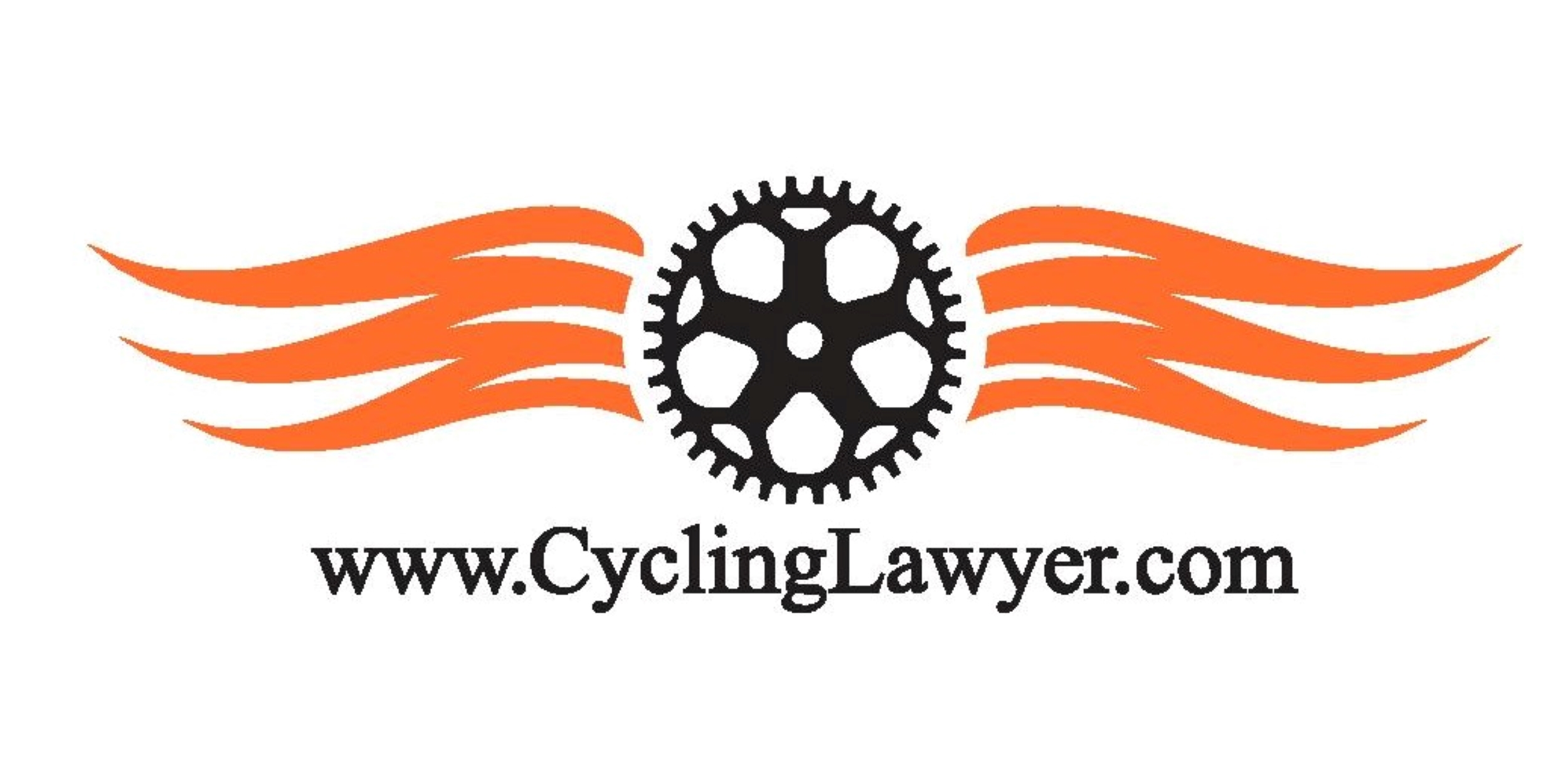Two Factors In The eBike Debate That You Need To Know
You’ve probably been in the situation. At a social function, maybe at a friend’s house or out to dinner, the topic of eBikes pops up. As a known cyclists, the eyes of the group all turn to you; what do you think of eBikes?
Many of the folks reading this are die-hard cyclists. From racers to long-time riders, many of our followers are known for their hobby and love of the sport, and that puts us in a unique position as offering some expertise and even a little authority on the hot top of electric assist bikes. That’s a position we need to take seriously.
Whatever your views, how you present the debate makes a really big difference, and we wanted to take a second to divide the discussion. It’s easy for the media to make sweeping statements about eBikes, citing bans or throwing fire on where eBikes should be allowed. But the distinction between two classes of eBikes, plus two very different uses, needs to be presented before those types of headlines get tossed into the blaze.
Class 1 (Pedal Assist) versus Class 2 (Full Throttle) eBikes
To some, this doesn’t matter, but it’s actually crucial. The two most popular classes of eBikes offer two ways of engaging the bike’s motor. Pedal assist bikes require power input from the rider to engage the motor; if you aren’t pedaling, the motor shuts off. When you do pedal, many of these bikes offer some degree selection in just how much power the motor delivers, usually in 10% increments. So, if you put out a level of power, it’ll add more and more power based on the settings, the size of the battery, and the terrain.
Class 2 eBikes work much the same way, but with one big difference. Class 2 bikes also have pedal assist, but add the ability to use a throttle, with no pedaling required. For many, these blurs the line between we’d call an eBike and what is essentially just an electric moped or motorcycle.
Pavement vs Trails
The other important part of the debate is just where these bikes are being ridden. Most cyclists would say they take no issue with eBikes as an alternative mode of transportation. eBikes are excellent substitutes for cars, and with more bikes on the roads, help to reduce traffic, pollution, and might even raise support for bike-friendly infrastructure. While there are some concerns about inexperienced riders being able to go 20 or even 25 miles per hour in bike lanes or on rail-to-trail paths, having eBikes on the roads and paved trails makes a lot of sense.
However, it’s a very different story in the woods and that’s where much of the debate is focused. Concerned mountain bikers and trail users have concerns that eBikes will damage the trails, they’re heavier, create more torque, and could have more of an impact that a normal, non-motorized rider. There’s often plenty of concern that these riders speeds will endanger themselves due to inexperience, or others who can’t hear or anticipate faster, more powerful bikes on the same trails.
The argument for eBikes is all about accessibility. Both Class 1 and Class two eBikes open up new doors for newer riders whose fitness isn’t up to completing local loops, or whose age, past injuries, or disabilities prevent them from enjoying the trails. Advocates see eBikes as a way to break down barriers that keep people from trying bikes, whether it’s around town or on the trails.
Most trail associations and land managers have some language that addresses those with disabilities when it comes to eBikes. According to the Michigan DNR, non-motorized trails are just that; no motors. However, many local trails not on state land have borrowed similar exceptions to the DNR by allowing use of eBikes for those with a proven medical disability.
And those local trails are important to keep an eye on. As trails owned by city parks, county parks, or even privately areas create rules, they set a precedent that nearby areas may adopt, as well as set the tone for potential new trails in the area. As eBikes become more and more popular, language in what class of eBikes are allowed and just where they can go could see a big shift based on the limitations and guidelines set in place right now.
Make sure you check with your local land managers to learn more about where and what kind of eBikes are allowed. As community experts, being informed about the issue is important; you might be keeping people from trails they are allowed to enjoy, or encouraging people to ride where land managers have deemed eBikes too much of an issue to include right now.
For more on eBikes in Michigan, check out this blog by Northern Michigan Mountain Bike Association and the specific DNR law on eBikes.

